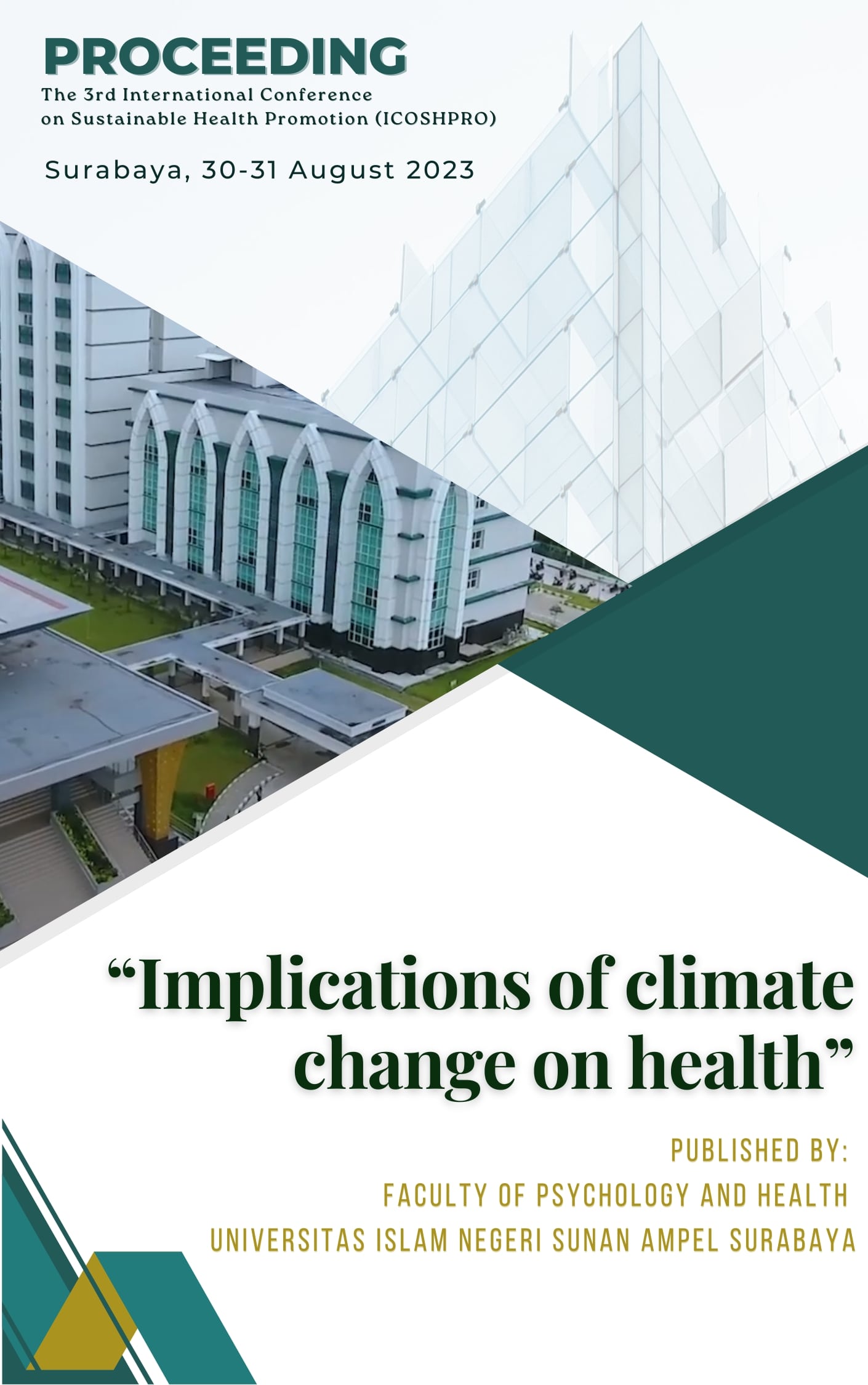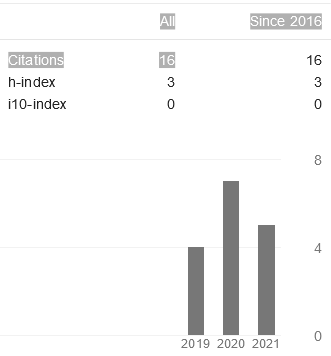Understanding of Early Adolescence Sexuality in the Digital Era
Abstract
The digital era is an era or era that experiences conditions of progress in the all-gigital field of life. The development of the digital era is advancing rapidly and humans cannot stop it, in which there are both benefits and negative impacts.individuals of all ages cannot be seprated from digital devices, including teenagers, especially early adolescents. Early adolescence, which is between 12 and 15 years old, is often considered a negative period, they have a desire to try new things. One of the topics that teenagers are interested in is sexuality. The digital era allows access to global information that is easier and wider, enabling adolescentsto fulfill their curiosity about sexuality by accessing it thrught various digital platforms and social media. This study aims to provide an overview of the understanding of early adolescent sexuality in the digital era. It is research with quantitative methods, using a questionnaire as a data mining tool.
Copyright (c) 2023 Mierrina, Ni'matul Hamidah

This work is licensed under a Creative Commons Attribution-ShareAlike 4.0 International License.
Authors who publish with us agree to the following terms:
- Authors retain copyright and grant the publisher right of first publication with the work simultaneously licensed under a Creative Commons Attribution License that allows others to share the work with an acknowledgement of the work's authorship and initial publication in this proceeding.
- Authors are able to enter into separate, additional contractual arrangements for the non-exclusive distribution of the proceeding's published version of the work (e.g., post it to an institutional repository or publish it in a book), with an acknowledgement of its initial publication in this proceeding.
- Authors are permitted and encouraged to post their work online (e.g., in institutional repositories, pre-prints sites or on their website) prior to and during the submission process, as it can lead to productive exchanges, as well as earlier and greater dissemination of published work





_page-00011.jpg)
